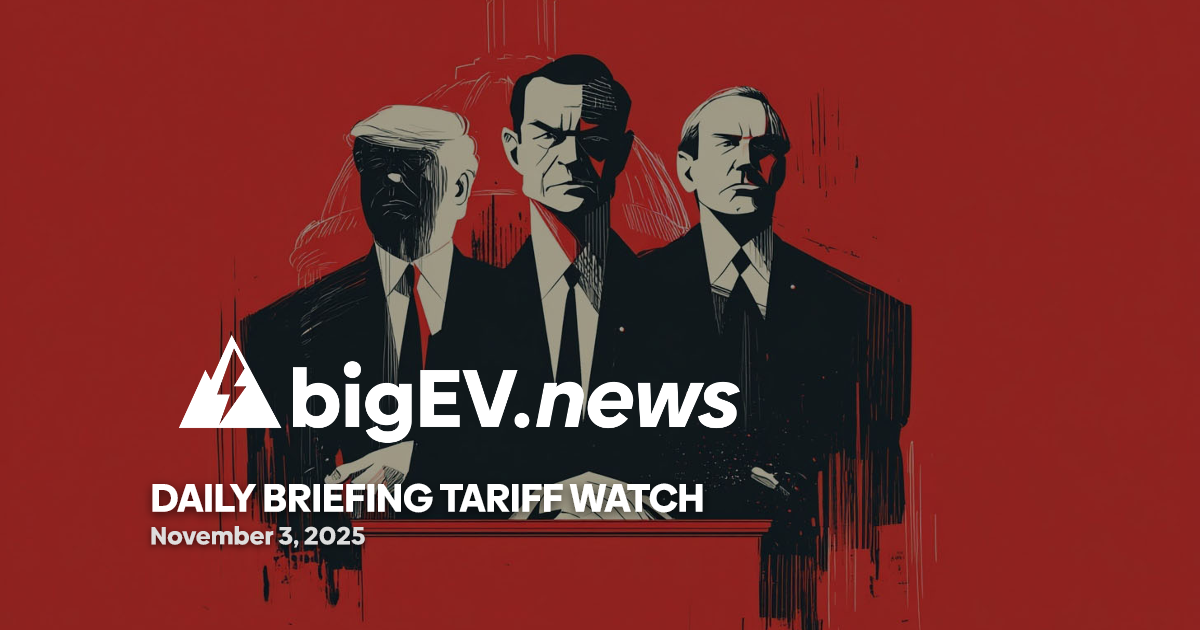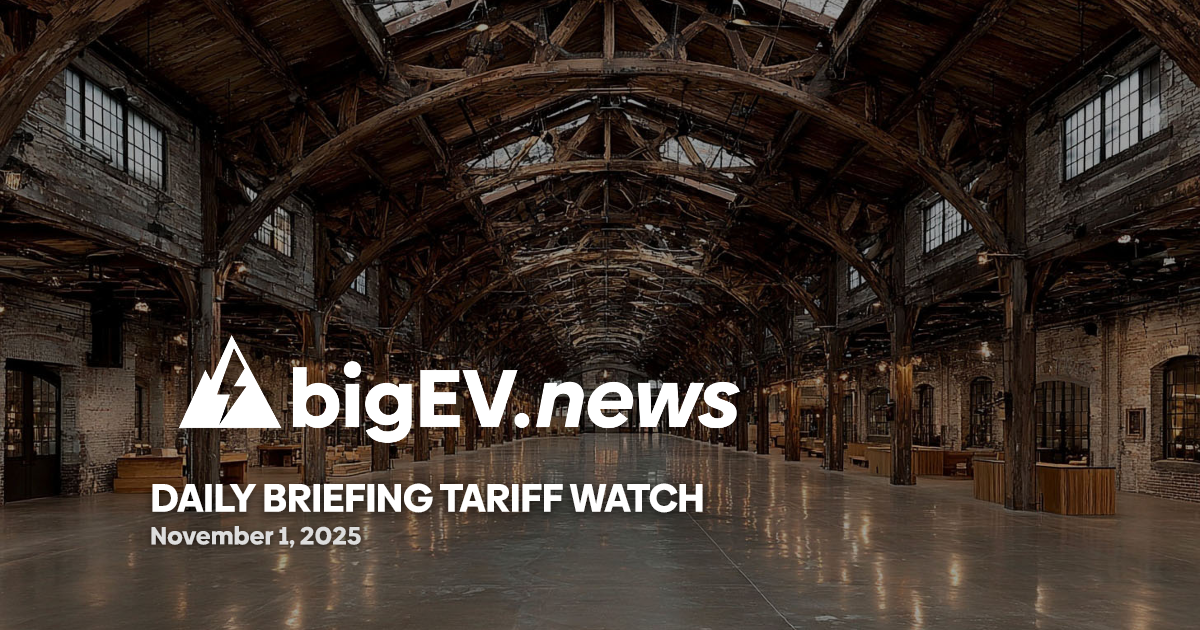At a glance – The past 24 hours have brought a cascade of critical tariff and trade policy developments, with the U.S. government enacting sweeping new duties on pharmaceuticals, furniture, and heavy trucks effective October 1, 2025. These actions, coupled with a series of executive orders from the Trump administration, are forcing U.S. manufacturers and importers to rapidly reassess supply chain strategies, landed costs, and compliance protocols. The latest measures are part of a broader trend of escalating trade restrictions, reciprocal tariff adjustments, and targeted enforcement actions that are reshaping the landscape for global sourcing, manufacturing, and logistics. Companies across sectors are now bracing for significant cost increases and operational disruptions as they navigate the evolving regulatory environment.
Technology advance – In a move with immediate implications for the pharmaceutical and healthcare technology sectors, the U.S. has imposed a 100% tariff on all branded and patented pharmaceuticals imported into the country unless the manufacturer has initiated domestic production. The new policy, effective October 1, 2025, defines “construction” as either breaking ground or maintaining an active development site for a U.S. plant. This measure is expected to double landed costs for many high-value medicines, prompting urgent audits of supply chains and supplier compliance. Companies with advanced manufacturing capabilities in the U.S. may gain a competitive edge, while those reliant on foreign production face steep new barriers. The policy is also likely to accelerate investment in domestic pharmaceutical manufacturing technology and automation as firms seek to mitigate tariff exposure and ensure continuity of supply for critical drugs.
Partnerships – The new tariff regime is already catalyzing strategic alliances and joint ventures among U.S. and international firms. In response to the 30% tariff on upholstered furniture and the 50% duty on kitchen cabinets and bathroom vanities, several major U.S. furniture retailers have announced expedited partnerships with domestic manufacturers to localize production and diversify sourcing. These collaborations are designed to minimize tariff liabilities and maintain competitive pricing for U.S. consumers. Additionally, logistics providers are forming new alliances to optimize shipment timing and customs clearance, as importers rush to accelerate deliveries ahead of the tariff implementation date. The evolving trade landscape is fostering deeper integration between supply chain partners, with a focus on agility and risk mitigation in the face of regulatory uncertainty.
Acquisitions/expansions – The heavy truck and industrial equipment sectors are experiencing a wave of investment and expansion as companies seek to adapt to the new 30% tariff on imported heavy trucks. Major U.S. truck manufacturers, including PACCAR and Navistar, have announced plans to expand domestic assembly capacity and acquire key component suppliers to reduce reliance on foreign imports. These moves are expected to create new jobs and bolster the U.S. manufacturing base, but may also lead to higher prices for end users as companies pass on increased costs. The tariff-driven shift is prompting a reevaluation of global supply chain footprints, with some firms considering nearshoring or reshoring strategies to maintain market access and cost competitiveness.
Regulatory/policy – President Trump’s latest executive orders have introduced a complex new framework for reciprocal tariffs, with a baseline 10% duty now applying to goods from most countries not specifically exempted. Notably, the suspension of country-specific reciprocal tariffs has been extended for all nations except China, Canada, and Mexico, with a 10% general tariff in place through August 1, 2025. For China, Hong Kong, and Macau, a separate suspension of 24% of the 34% tariff rate remains in effect until August 11, 2025, after which the full 34% rate is set to resume unless further action is taken. These policy shifts are creating a dynamic and unpredictable trade environment, requiring companies to closely monitor regulatory updates and adjust compliance strategies accordingly. The administration’s actions underscore a broader trend toward protectionism and targeted enforcement, with significant implications for global trade flows and supply chain resilience.
Finance/business – The financial impact of the new tariffs is already being felt across the U.S. manufacturing and retail sectors. Importers of pharmaceuticals, furniture, and heavy trucks are facing immediate increases in landed costs, with some products seeing duties double or even triple overnight. Analysts project that these cost pressures will translate into higher prices for U.S. consumers, particularly in sectors where domestic production capacity is limited. Publicly traded companies in the affected industries have issued revised earnings guidance, citing increased input costs and potential supply chain disruptions. Meanwhile, logistics and customs brokerage firms are reporting a surge in demand for compliance consulting and tariff mitigation services as clients scramble to adapt to the new regulatory landscape. The evolving tariff environment is expected to drive further consolidation and investment in domestic manufacturing, as companies seek to insulate themselves from future trade shocks and maintain profitability in a volatile market.
Sources: Dimerco, Shippabo, Flexport, Reuters, Wall Street Journal, U.S. Customs and Border Protection









